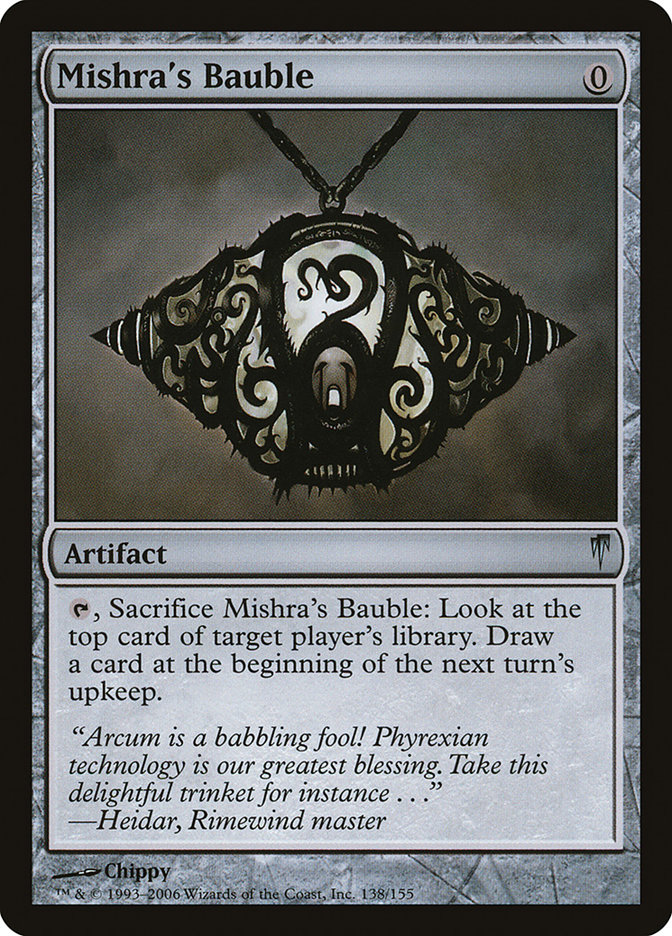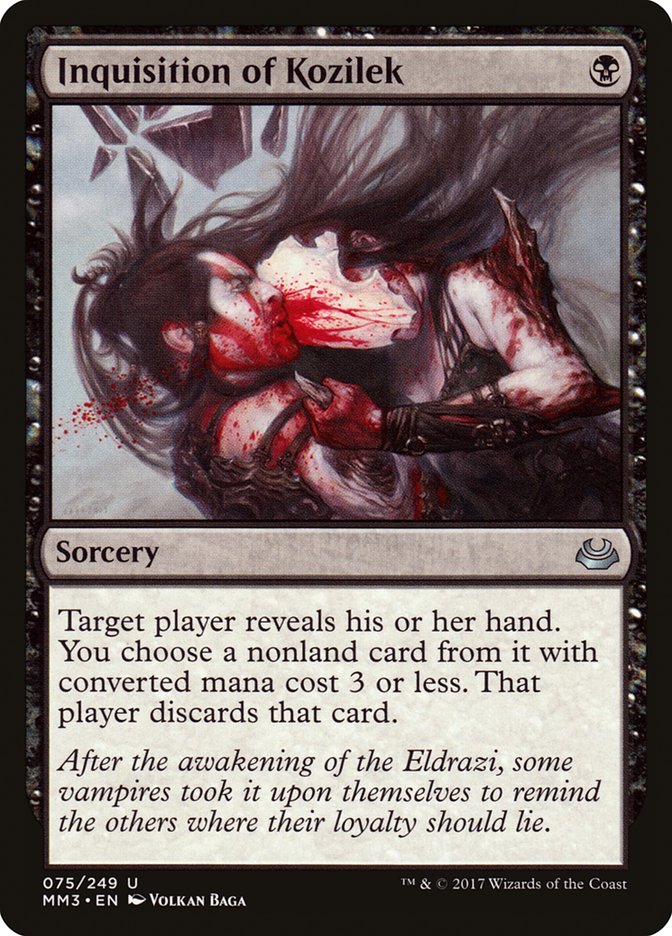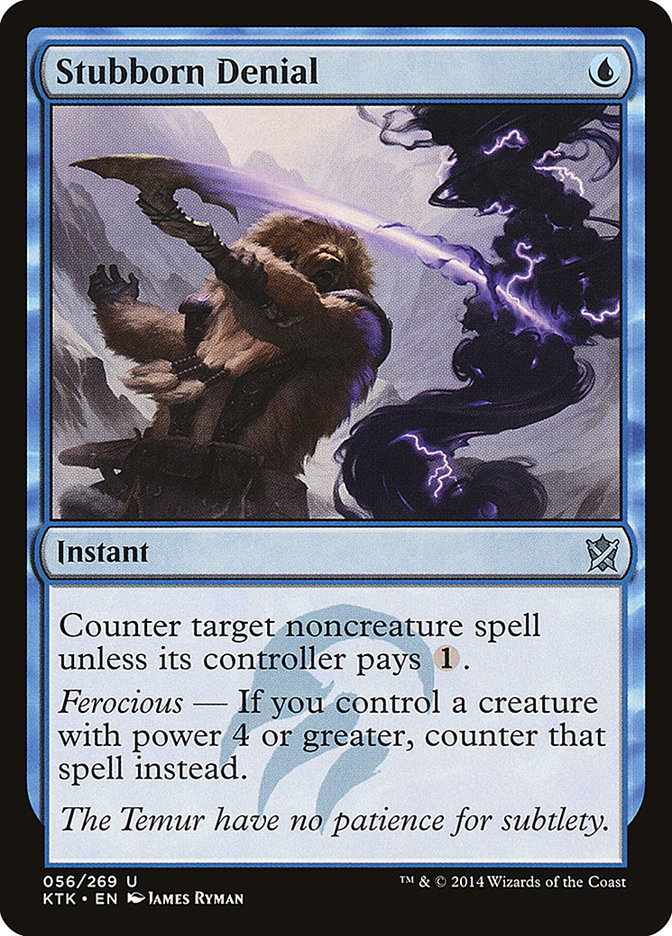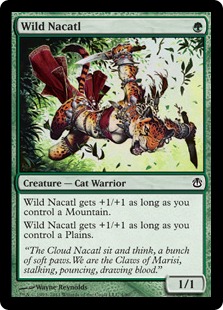Modern is really fun.
I think it’s important to preface this piece with that elementary point. The format has an incredibly dynamic nature. There is a great deal of variety in deck selection, deck building, and both gameplay and length of games. All of these factors produce an exciting format that folks are excited to play.
That’s awesome, and I’m not trying to dissuade that notion.
That being said, I think Death’s Shadow is too strong.
A lot of people, including my colleagues, have been praising the variety of top-performing decks over last weekend’s myriad Modern tournaments.
But what seems to be holding the most trophies?
Creatures (12)
Planeswalkers (3)
Lands (18)
Spells (27)

Creatures (16)
Lands (19)
Spells (25)

Creatures (16)
Lands (19)
Spells (25)

Let me be clear that I don’t think anyone is constructing a false narrative or anything similar, but I also might not win friends over the course of the next several paragraphs.
As someone who makes their living by both writing about and playing with Magic cards, I’m only interested in the truth.
I’ve talked about the nature of “true matchups” a few times on GAM with Gerry Thompson. For example, there seems to be a notion that U/R Control is the answer to Temur Aetherworks in Standard. I heavily disagree, but my point isn’t to get on a tangent about Standard, but rather to illustrate that sometimes what is perceived or talked about by the general Magic population isn’t actually the case when it comes to players who are trying to push the boundaries of whatever they happen to be working with.
In this case, defenders of Death’s Shadow are often citing that Modern is incredibly diverse (true, but we’ll get back to this), the deck is difficult to play (true, but irrelevant), and that there are specific effective answers both in terms of cards and decks.
The last point is what I want to talk about for now, and it’s something that I’ve written about before.
I really enjoy playing with Death’s Shadow, but fundamentally it is messed up.
Essentially various forms of Death’s Shadow have melded the very best elements of hyper-disruptive aggressive decks of all time.
It is truly the Modern equivalent of Delver in an unrefined Legacy format.
Quick Sidebar
Inside joke/sad truth: I enjoyed playing Legacy a lot more when I could have “my fun” with “my deck” and beat most of my opponents. In other words, the mediocre Jeskai Delver StoneBlade deck that I played for a good six months several years ago was not particularly good.
That being said, I loved it and the fact that competitive Legacy was still somewhat in its infancy and the decks that people played were generally of a lower quality than we see these days made it very competitive. Information is the deciding factor.
Death’s Shadow plays the best disruption, the best creatures, and a low land count in a world where people are either unwilling or incapable of just playing the best deck.
Mana Rules Modern
The key here is the opportunity cost of playing with cards in Modern. A fetch/shock manabase basically enables players to do whatever they want, as long as they are willing to offset taking damage from their lands in the face of aggression and be potentially vulnerable to fringe elements of the format like Blood Moon.
Of course, Death’s Shadow, a card that actively wants its life total to dwindle, naturally works well with a painful manabase while having the means to race with other aggressive decks due to the play patterns that Death’s Shadow produces. It’s difficult to impossible to race a Death’s Shadow on the other side of the table. It’s even often the case on most battlefield states that a player can’t feasibly attack into a Death’s Shadow!
Bring it.
This elimination of a natural deckbuilding tension within the format is what produces something as powerful as Death’s Shadow decks. Once there is no longer an associated cost with putting a bevy of life-cost mana fixing in your deck, then you have the freedom to just pick whatever pieces you want to play with, the best spells and the best creatures.
Typically, “the best” cards are really just the most efficient. So now we’ve produced a deck that can take whichever elements it wants, is malleable because it always has near-infinite options, and has a lower curve than any other deck in the format while never having to sacrifice card quality. It is difficult to compete with this type of strategy because there’s almost nothing you can naturally be better at. Death’s Shadow’s cards are going to be either stronger or comparable at a lower average converted mana cost. They will always out-spell you.
There are some situations where Death’s Shadow can be overpowered – various combo decks like Ad Nauseam and Tron come to mind – but these “holes” can be largely fixed with small innovations on the Death’s Shadow side like Stubborn Denial. With just a little bit of effort, Death’s Shadow can be back in a world where it is trading one mana for the entirety of their opponent’s turn.
Does Death’s Shadow only have good matchups? Frankly, I don’t have the data to suggest an answer to this question. What I do know is that Death’s Shadow is capable of beating anything and that “fixing” a matchup shouldn’t be terribly difficult and that the “worst” a matchup can get is realistically the 40% range. After all, this is still a deck that can produce a three-turn clock by turn 2 while simultaneously disrupting an opponent.
Going Back
Let’s get back to a line further up the page, “in a world where people are either unwilling or incapable of just playing the best deck.” Of course, players have different motivations for playing in Magic tournaments and picking the decks that they choose.
Modern is also very expensive and it is difficult to switch decks seamlessly, but is the fact that Mishra’s Bauble, Tarmogoyf, and Snapcaster Mage are high-cost Magic cards a legitimate reason for not keeping a deck in the format? I’m not sure.
I’m going to make a bold assertion: If a super-Spiky microcosm of Modern tournaments existed where everyone needed to play to give themselves the best chance to win the tournament and there were no prohibiting factors on deck choice, the room would overwhelmingly be Death’s Shadow and it would naturally rise to the top of the winner’s metagame. There would probably even be some weirdo tech and innovations across different colors to try to beat each other, which would probably be pretty fun for a short while, but that sure does sound a lot like full-power CawBlade and U/W Delver, doesn’t it?
Is Metagame Diversity Always a Good Thing?
How to build Death’s Shadow is a perennially interesting topic. Grixis dominated last weekend, but -Four-Color builds are starting to catch on. Before that, Jund was how players built the deck and there has been discussion of various Sultai and Abzan builds as well.
This phase of exploration is certainly a lot of fun and something I enjoy, but is it a good thing in the long run? Is it simply telling that Death’s Shadow can continue to succeed in many forms even where there isn’t necessarily an agreed-upon build? The fact that Grixis Death’s Shadow’s maindeck continues to ultimately look the same as when I first started streaming with it almost three months ago is particularly mind-boggling to me. Surely my relatively “random” decision to play two Inquisition of Kozilek and two Stubborn Denial isn’t just “correct.”
These notions, combined with the fact that Mattia Rinzi just goofed and misregistered a strictly worse manabase (Flooded Strand over Scalding Tarn) and still won, don’t exactly paint the picture of a reasonable power level.
Sure, the Death’s Shadow archetype itself has a ton of “diversity,” but isn’t that just a sign that it is ubiquitous to an oppressive degree?
Too good, clearly.
There was a time that Wild Nacatl was banned in Modern because it was felt that Nacatl contributed to pushing out all of the other aggressive strategies – why would you do anything else if you can easily attack with this 3/3? Well, Death’s Shadow is oftentimes a 6/6 or larger.
Wrapping Up
Is the point of this piece to describe that the sky is falling or Death’s Shadow isn’t fun and is ruining Modern tournaments for everyone? No; generally speaking, I don’t think players even mind playing against Death’s Shadow in terms of historical best decks, at least for now.
The games are almost always interactive and there legitimately is a lot of exciting tension in terms of managing both players’ life totals and additional resources.
That being said, the truth about Death’s Shadow is that it is too powerful. If I could boil down today to a single takeaway, it is this: “This elimination of a natural deckbuilding tension within the format is what produces something as powerful as Death’s Shadow decks.”
Being able to identify the constraints of a format and how best to attack them is what “breaks” formats. A lot of the fun and dynamic parts of Magic, the factors that create “churn” within a metagame, are the deckbuilding constraints that are in place and how players must adapt to them.
Once you remove these constraints, there is no sense of cost in how you must evaluate building your deck. Why wouldn’t you just play all the best cards in whichever colors you want?
The best aggressive and disruptive deck is only confined to a simple core: Death’s Shadow, Thoughtseize, Street Wraith.
Maybe outside factors will dictate that Death’s Shadow is never banned, and that’s fine as long as players continue to have fun, but Death’s Shadow is broken.










